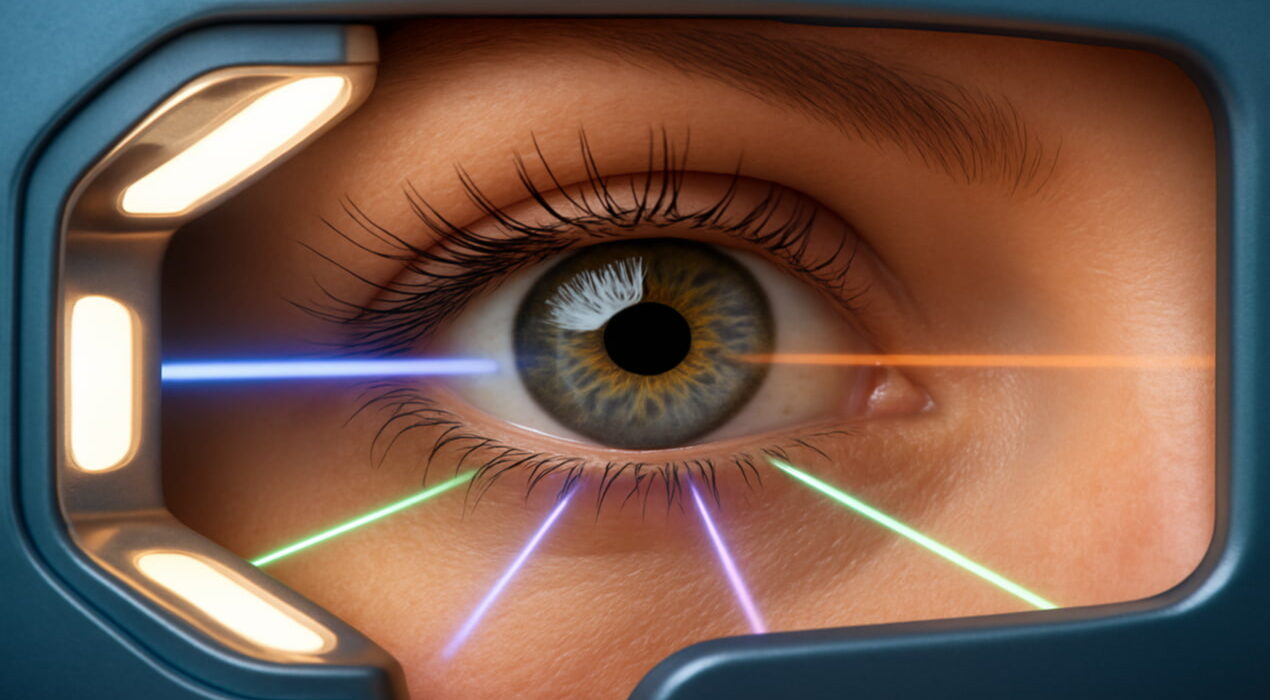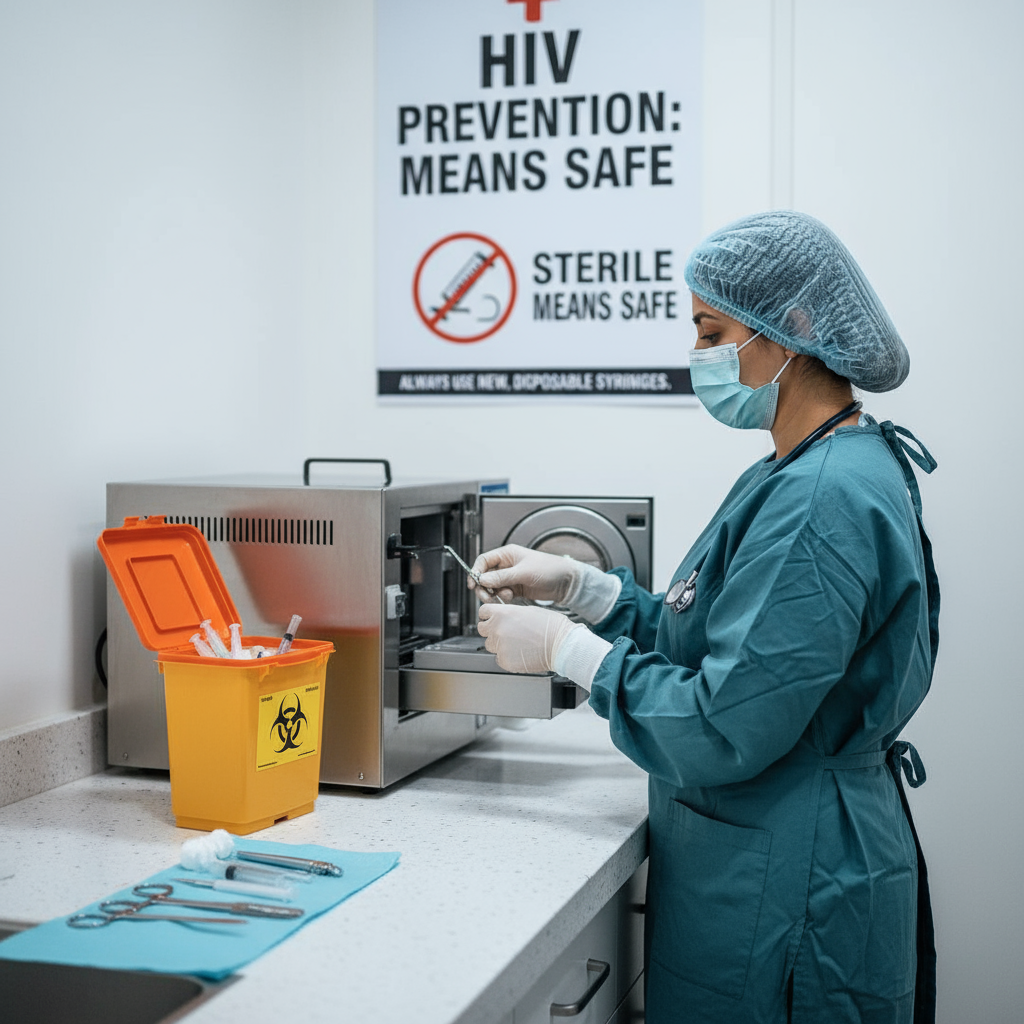Swiss Study Finds Light Therapy Can Repair Retina Damage
Researchers in Switzerland are exploring light therapy retina treatments to restore damaged eyes. Scientists at the University of Basel and the Institute of Molecular and Clinical Ophthalmology focus on red light at 670 nanometers. This wavelength helps retinal cells produce energy efficiently. When these processes fail, vision can deteriorate over time.
Early studies show promising results. Participants who received brief daily sessions reported sharper vision and improved contrast sensitivity. The treatment, called photobiomodulation, is noninvasive. Although it is not yet an approved cure, researchers hope it could become a home-based supportive therapy.
How Light Therapy Helps the Retina
Red light targets the energy production in retinal cells, which is essential for healthy vision. Damaged cells often lose energy and struggle to function. By restoring this energy, light therapy may slow degeneration and enhance visual clarity. In addition, the treatment appears safe and painless, making it easier for patients to use regularly.
Short daily sessions seem sufficient to trigger benefits. For example, participants noticed improved detail recognition and sharper images after a few weeks. Researchers emphasize consistency and correct dosing, as excessive exposure may not provide additional benefits. Therefore, ongoing studies aim to define optimal treatment plans for different retinal conditions.
Future of Noninvasive Eye Care
Scientists are optimistic about this approach. If further trials succeed, light therapy retina could complement traditional eye care methods. It may allow patients to manage early retinal damage at home and maintain better vision longer. In addition, the therapy could reduce reliance on invasive procedures, making vision care more accessible. As research continues, light therapy might become a practical tool for preventing blindness.






